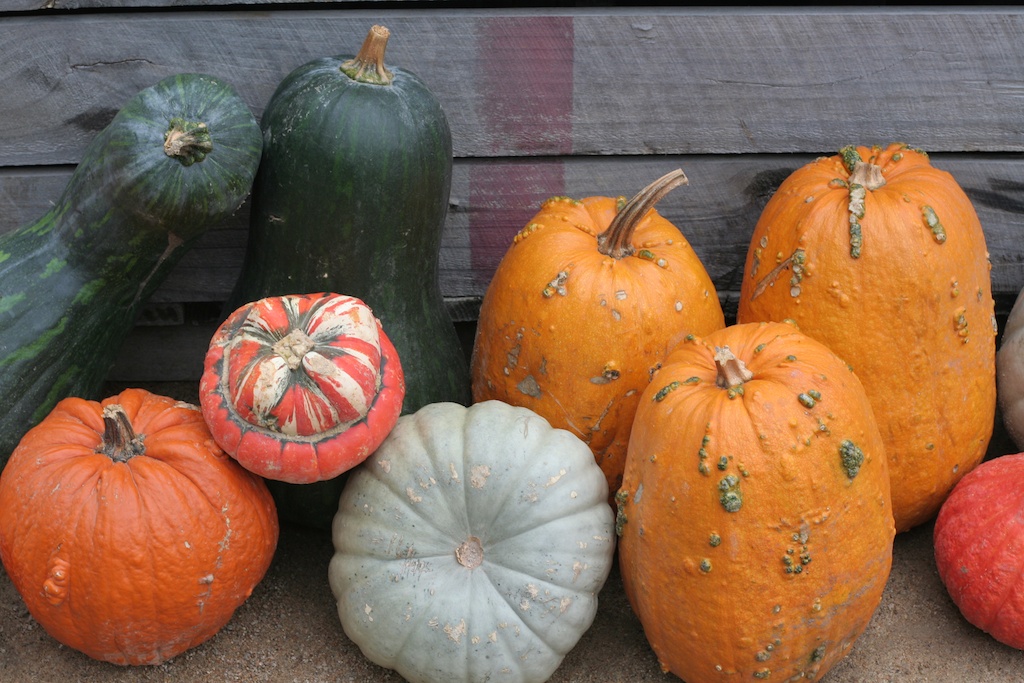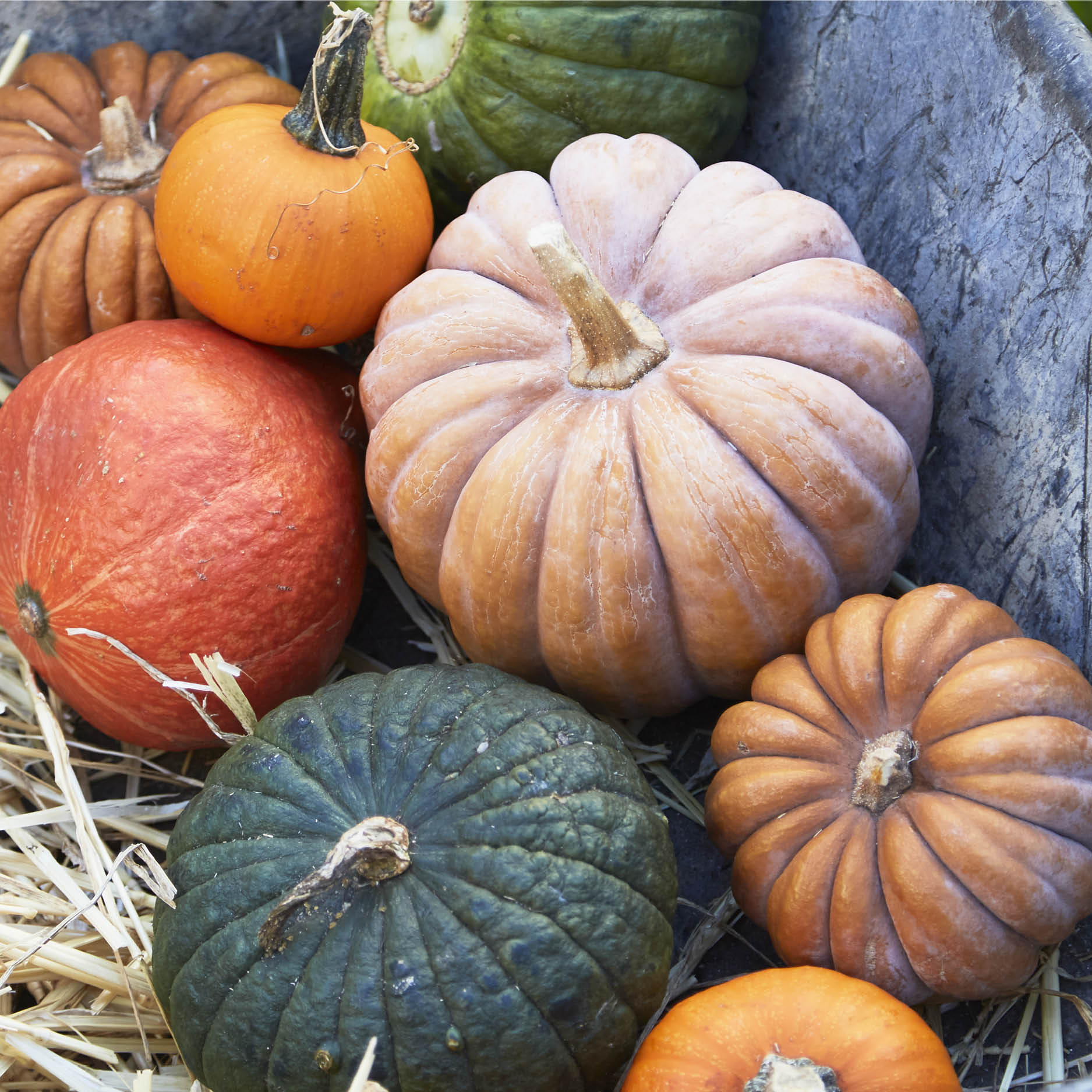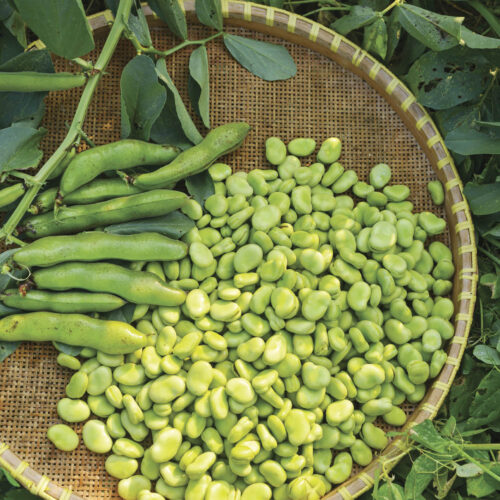Heirloom pumpkins
2014-11-24T04:32:25+11:00
You can still plant pumpkins in November and ensure a good supply for winter.
Pumpkins come from the multifarious squash family with cousins like zucchini, squash and cucumbers. They originated in the Americas and were described by the early explorers of this region. American Indians ate pumpkins in many different ways: boiled, baked in the ashes and to make bread. They also dried the flesh in strips and wove them into mats. Early American colonists sliced the tops off the pumpkins, removed the seeds and filled the inside with milk, spices and honey. The pumpkin was then baked in hot ashes. This was probably the precursor of the well-known pumpkin pie, traditionally eaten on festive occasions in the USA.
In Australia, pumpkin is eaten baked, boiled and fried, and added to breads and Flo Bjelke-Petersen’s infamous pumpkin scones. But it is probably best known for its use in soups. For me, winter is synonymous with soups, particularly creamy pumpkin soup, and nothing beats pumpkin soup made from home-grown pumpkins.
So many different varieties to choose from
November is not too late to plant pumpkins to ensure you have a good supply for winter. It is now generally known that there are hundreds of different sorts of tomatoes but the diversity of pumpkins is less well known. In fact seed suppliers have so many different cultivars that it can be hard to decide which to plant. Some of my favourites are Buttercup, Crookneck, Ebisu, Ironbark and Blue Banana. Bohemian is beautiful to look at, pale blue with apricot splashes and golden flesh and one of the best tasting pumpkin for roasting. Other evocatively named pumpkins are Turk’s Turban, Sweet Mischief, Red Kuri, Windsor Black, Jack be Little and Red Hubbard.
Another pumpkin you can grow just for fun, or to impress the neighbours, is Dill’s Atlantic Giant. This is a Canadian strain that has been refined to produce really large pumpkins. In the most recent weigh-off in the US to find the world’s largest pumpkin the winner was a massive 933 kg (they needed a fork-lift to move it) Atlantic Giant.
How to grow pumpkins
When you grow pumpkins you need lots of space (unless you want to grow bush varieties like Golden Nugget), full sun and good rich composty soil. Smaller-fruiting varieties can be grown up a frame or trellis, I have an obelisk specifically for pumpkins. You also need to remember that although giant bull kelp may be the fastest growing plant on earth, pumpkins must come a close second. Triffid-like they spread across the earth, almost growing while you watch.
To achieve this sort of growth they need lots of nutrients in the soil. Dig well rotted manure and compost into the garden bed before planting. Form the soil up into small mounds at the spacing suggested on the packet and place a couple of seeds into each mound. Water well and keep moist until the seeds have sprouted.
Once the plants are growing well, mulch thickly around each plant with pea or lucerne straw. This adds nutrients and keeps down water loss, so you won’t have to water so often. Pumpkins will tolerate hot dry periods quite well, and don’t be fooled by drooping leaves, this is their way of coping with extreme heat. Check the soil and if you can’t feel any moisture then give them a drink. The fruits are harvested in autumn once they are mature. They can then be stored, in a moderately warm dry place, for use right through the winter.
So choose the seed you want, get your garden prepared and plant now. Then you’ll be able to indulge yourself with delicious pumpkin dishes right through winter.







